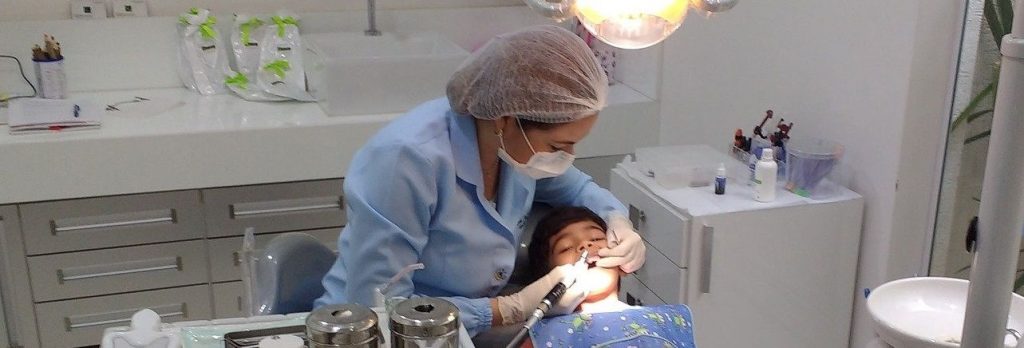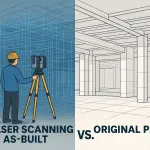A Way to keep it
Time waits for none. That is the expression we use to say that you had better get things done now because time is slipping away. The expression also tells us that the moments that we experience today will soon be gone. It is never to be relived again. If only we could find a way to cheat time into sticking around with us as long as we wanted. A time machine would be nice. Unfortunately, it doesn’t seem like that sci-fi idea will ever become a reality. It would be nice if we could somehow capture them in a state where they can always be enjoyed no matter much time has past. Actually, we can do that in several ways. One way is through history books. Historical records can preserve event for those in the future to enjoy. Preservation of artifacts can also do that. Eventually, though, those artifacts go bad if not preserved. Now 3D laser scanning services is making it possible to preserve those artifacts in a even better way.
Getting used a lot
3D scanning services have been used by museums to capture all kinds of artifacts and cultural relics. It has been used to digitize the Rosetta Stone in the British Museum. Auguste Rodin’s The Thinker, and Thutmose’s bust of Nefertiti have also been digitized. In fact, 3D digital copied are being made of many historical object kept in museums. The British Museum has about 200 digitized objects that are downloadable for viewing on a computer. Make a 3D digital copy of these artifacts makes it possible for them to be put online. This allows them to be shared with the world. There are efforts being made by one organization to collect as many of the world’s artworks by 3D scanning as possible. They hope to keep going until they have collects every piece in the world.
Here how it works
Preserving an artifact or cultural relic through 3D scanning services requires a 3D scanning device. To goal is to take that object and to digitize it. That means that an exact replica can be recreated into a 3D computer model. A 3D scanning technician does this by taking the 3D scanner and using it to scan every portion of the surface area. It works by measuring the distance between sensor and the object using a laser. Each time the scanner measures a distance it records it onto a hard drive as a point. Those points are put together to become what is called a point cloud once all of the surface of the object has been scanned. That point cloud is what is used to recreate the object in digital form. Once it is in digital form it is easily transferred to other computers. It can also be easily posted online and it can be kept safe on a hard drive.
3D scanning services is making it possible to preserve artifacts and cultural heritage in ways that are not as susceptible to corruption and not affected by natural decay. 3D scanning can freeze those treasures for all people to enjoy in the future.







